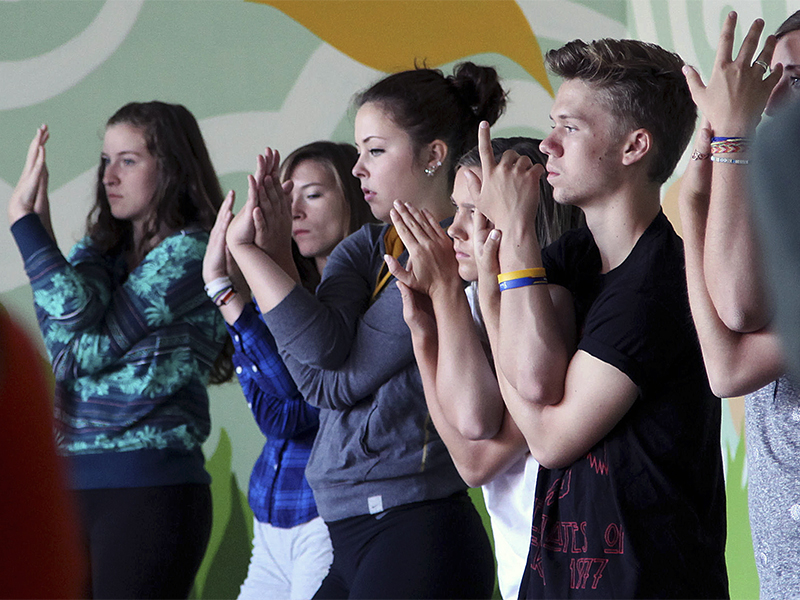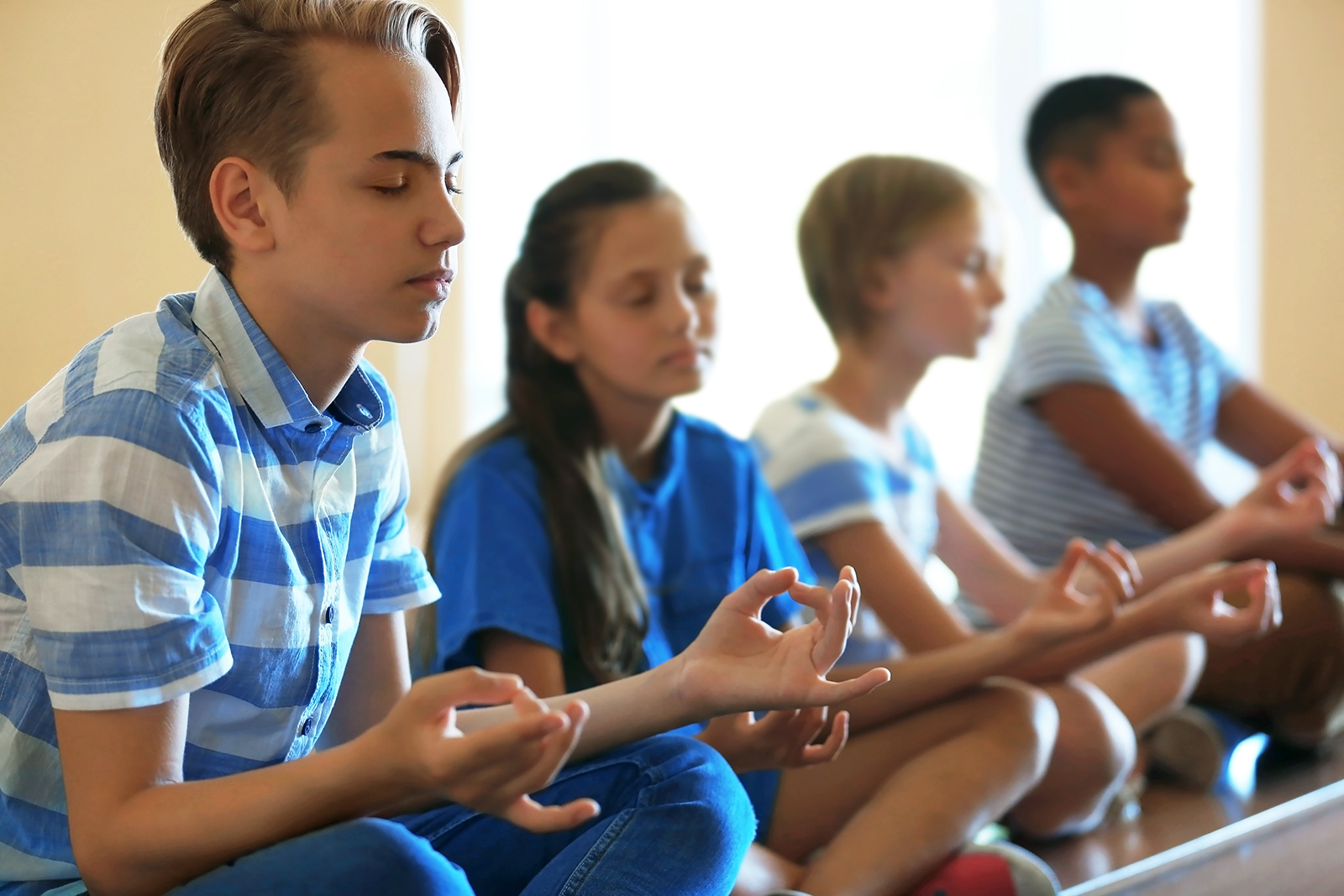
(RNS) — Since 1993, teaching any meditative techniques or yoga in Alabama schools has been prohibited by a state law that grew out of conservative opposition to exposing Alabama’s schoolchildren to the Hindu roots of yoga. But a bill that recently passed in the state legislature’s lower house may permit yoga to be taught.
Sort of.
Under the new legislation, which must still be voted on in the Alabama Senate, asana — the physical practice of yoga — will be allowed, but traditional Sanskrit names for the traditional postures, as well as the simple greeting “namaste” will be prohibited, as will any sort of chanting. Students will be allowed to opt out of participating.
As a long-time yoga practitioner and former teacher, you’d think I’d be loudly cheering the situation in Alabama. But I’m deeply conflicted.
RELATED: Alabama House votes to end yoga ban, but don’t say ‘namaste’
On one hand, I’m happy that students in Alabama will be able to be exposed to asana and hopefully reap the physical and mental benefits that steady practice can bring. But I need a couple other hands to hold all the reservations I have: the continued disassociation of yoga from its Hindu roots, disconnection of the postures themselves from the larger place of yoga as a philosophy and spiritual practice, as well as a seeming genuine ignorance about and bias toward Sanskrit as a language.
Allowing yoga practice in U.S. schools is walking a slackline, constitutionally and ethically.
On one side: promoting religion in public schools, which is prohibited under the First Amendment. On the other side: the gaping maw of cultural appropriation, eager to de-spiritualize and displace yoga from its traditional origins.
The Hindu American Foundation’s position on yoga in public schools, developed in 2013 after a highly publicized lawsuit in Encinitas, California, holds that yoga “is a spiritual discipline rooted in Hindu philosophy,” but is available to anyone without “coercion, pressure, or requirement to change one’s religion.”

Yoga classes are becoming more prevalent in America’s schools. Photo by Africa Studio/Shutterstock
HAF also points out that asana alone has undeniable health benefits, improving or sustaining muscle tone, flexibility, blood pressure, back pain and arthritis, and the immune system. Studies have also shown that for children, the practice of asana may work to reduce Attention Deficit Hyperactivity Disorder and improve general behavior and grades.
But to teach asana in public schools and not run afoul of the Constitution, you have to strip away its spiritual origins all but entirely, sticking to training the body and the breath alone. You can mention the Hindu origins of yoga but only provide instruction in its physical components.
It’s an imperfect compromise but one that has its arguments. But, by banning the use of Sanskrit, Alabama goes beyond the requirements of the First Amendment. There is no need to strip yoga of all cultural cues, even from asana.
Alabama has fallen off the slackline, avoiding constitutional entanglements but falling squarely into the mouth of cultural appropriation.
While Sanskrit asana names often refer to Hindu religious stories, many, if not more, simply describe the pose — as in, for example, the “triangle,” “staff,” or “peacock” pose. The benefits for students using the traditional names of asana, in terms of cultural sensitivity and awareness, far outweigh any issues of schools promoting religion.
Furthermore, demonstrating some combination of ignorance and animus, the bill as written erroneously conflates the greeting namaste with a religious chant. While the word alludes to the Divine sameness and connection between individuals, in everyday practice these are no more religious than a contemporary Spanish or French speaker wishing a friend “Adios” or “Adieu.”
RELATED: Yoga’s ‘father in the West’ still defining our spirituality and celebrity 100 years later
Teaching school kids about Hinduism and yoga does not threaten anyone’s faith and may even increase the benefits of yoga by teaching them to appreciate another culture, rather than appropriating it without acknowledgement.
(Mat McDermott is senior director of communications at the Hindu American Foundation, where he produces the podcast “That’s So Hindu.” The views expressed in this commentary do not necessarily reflect those of Religion News Service.)
